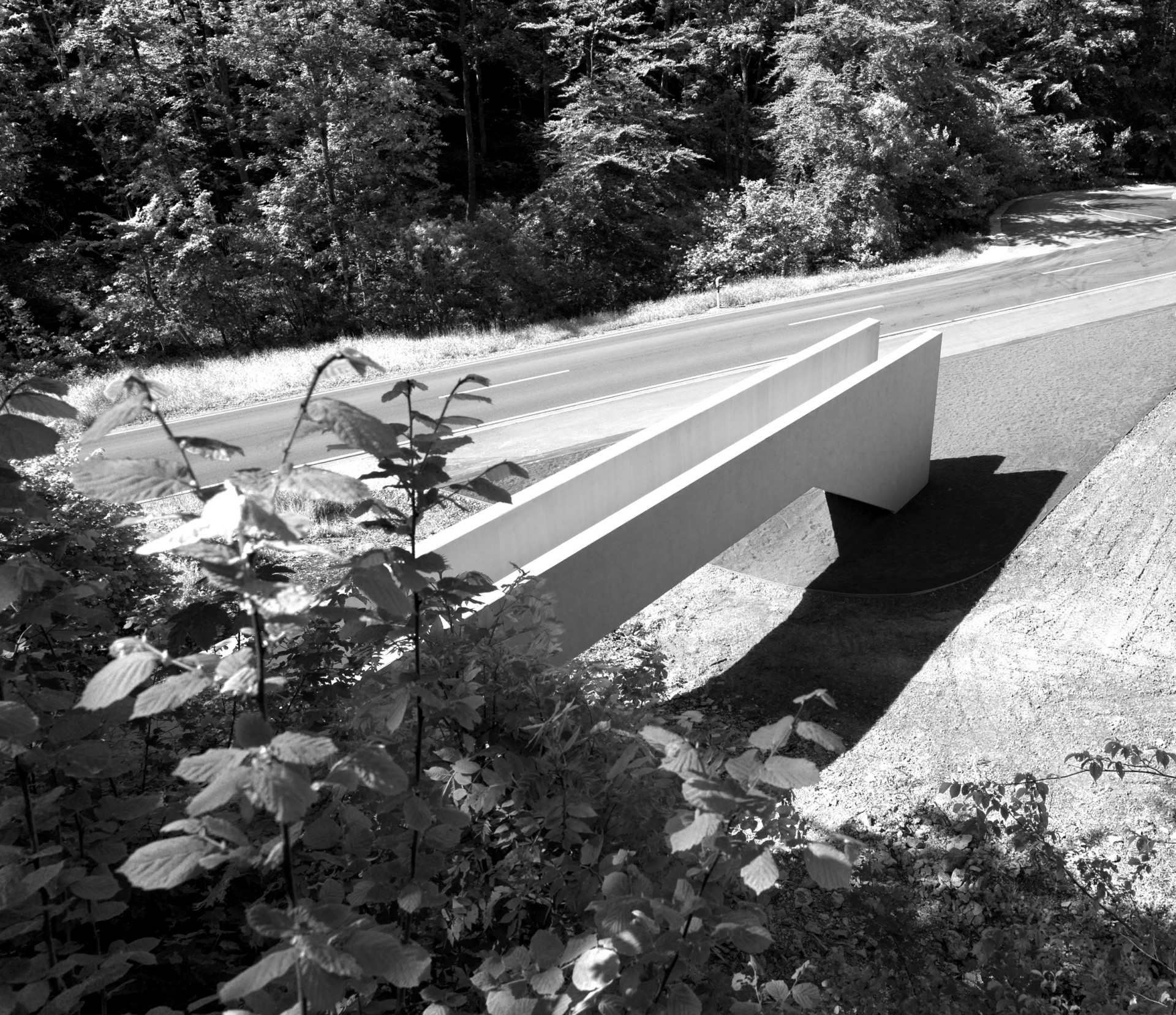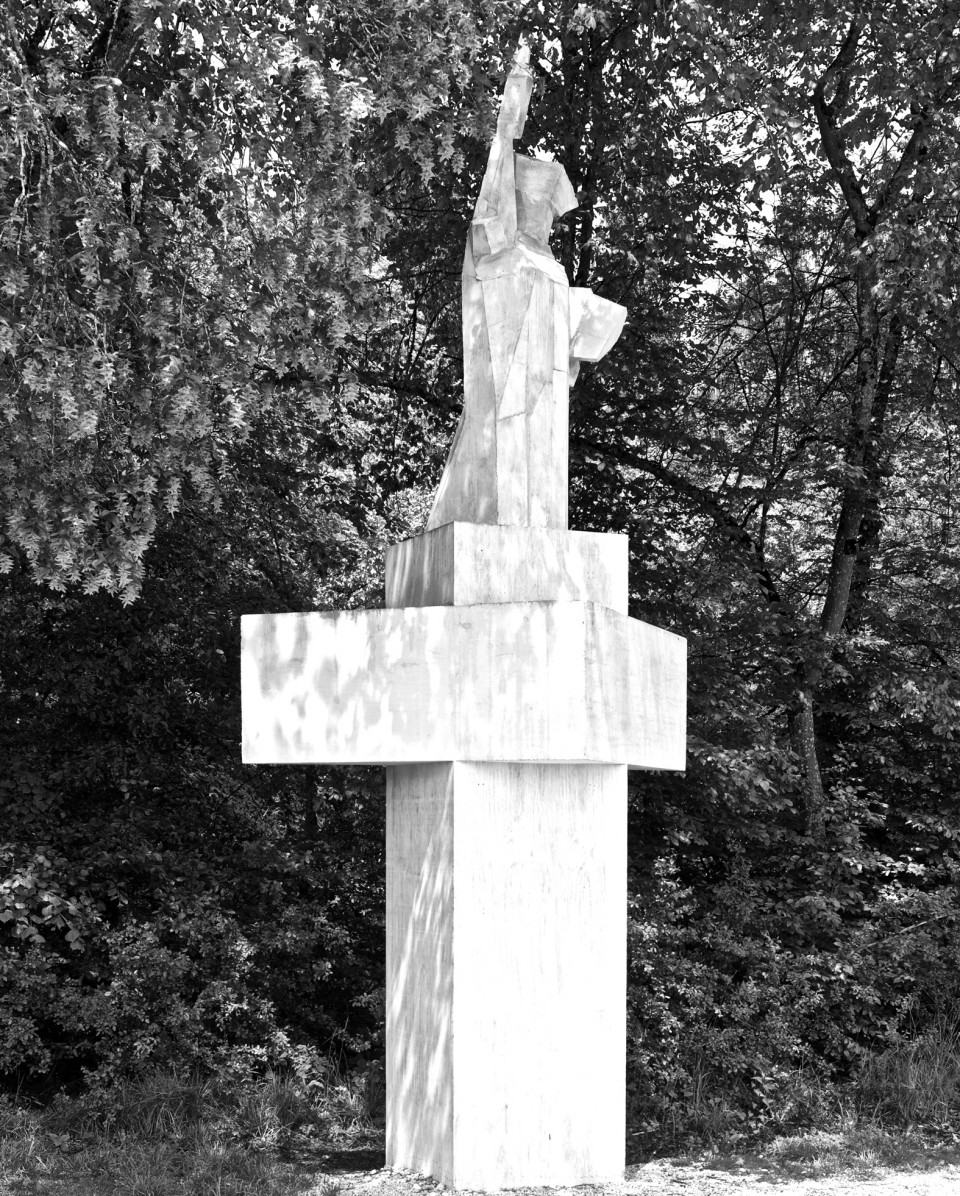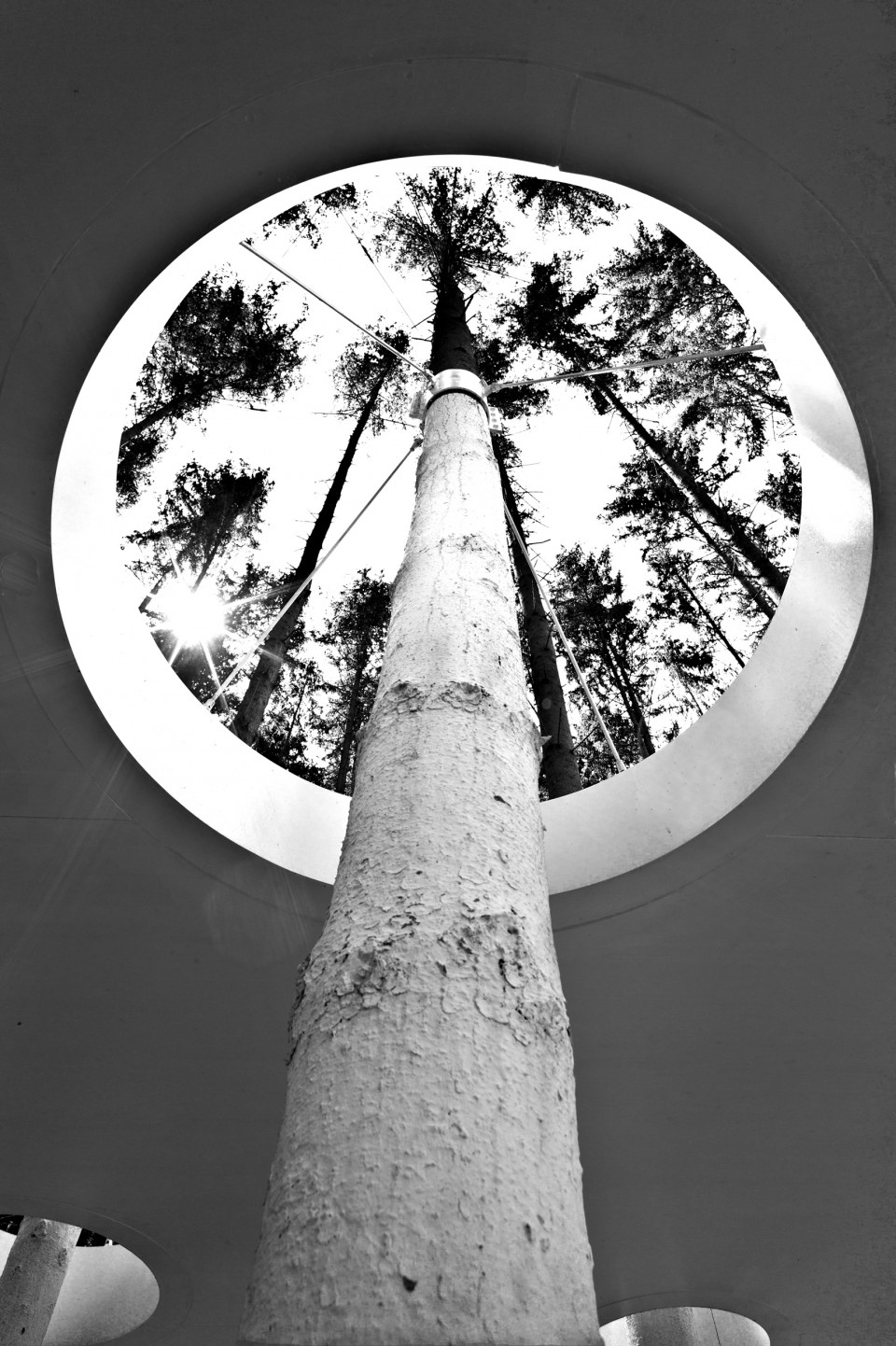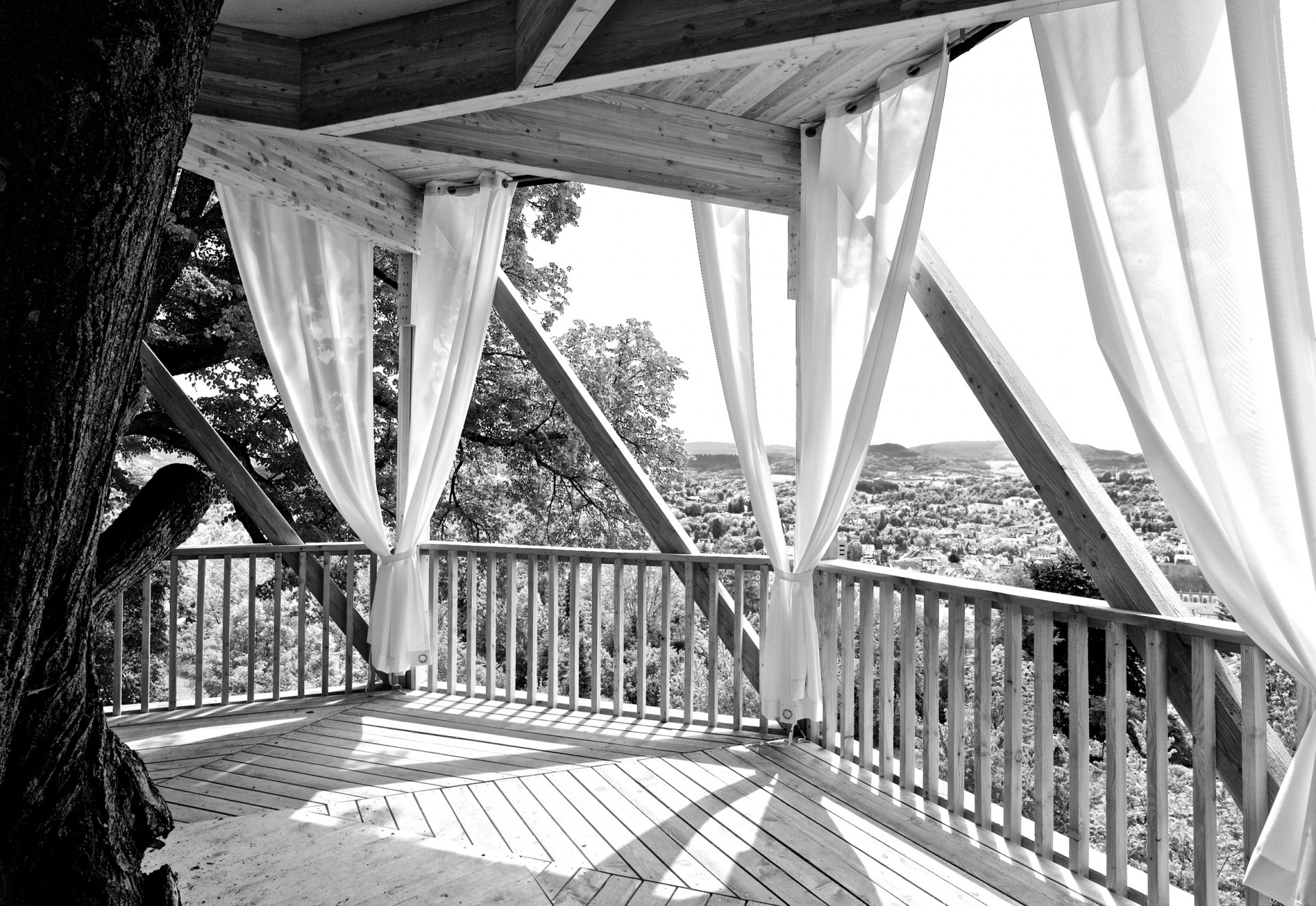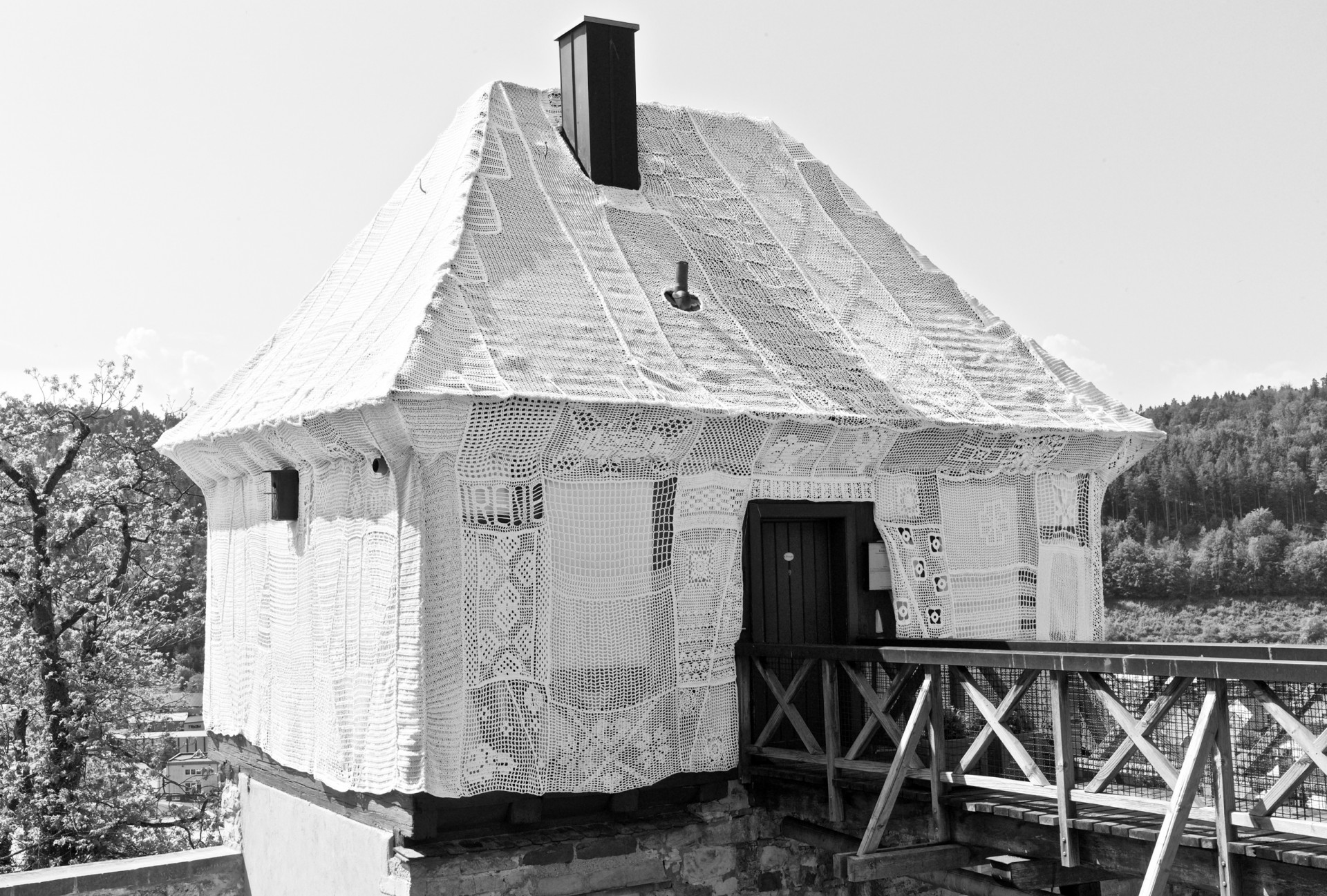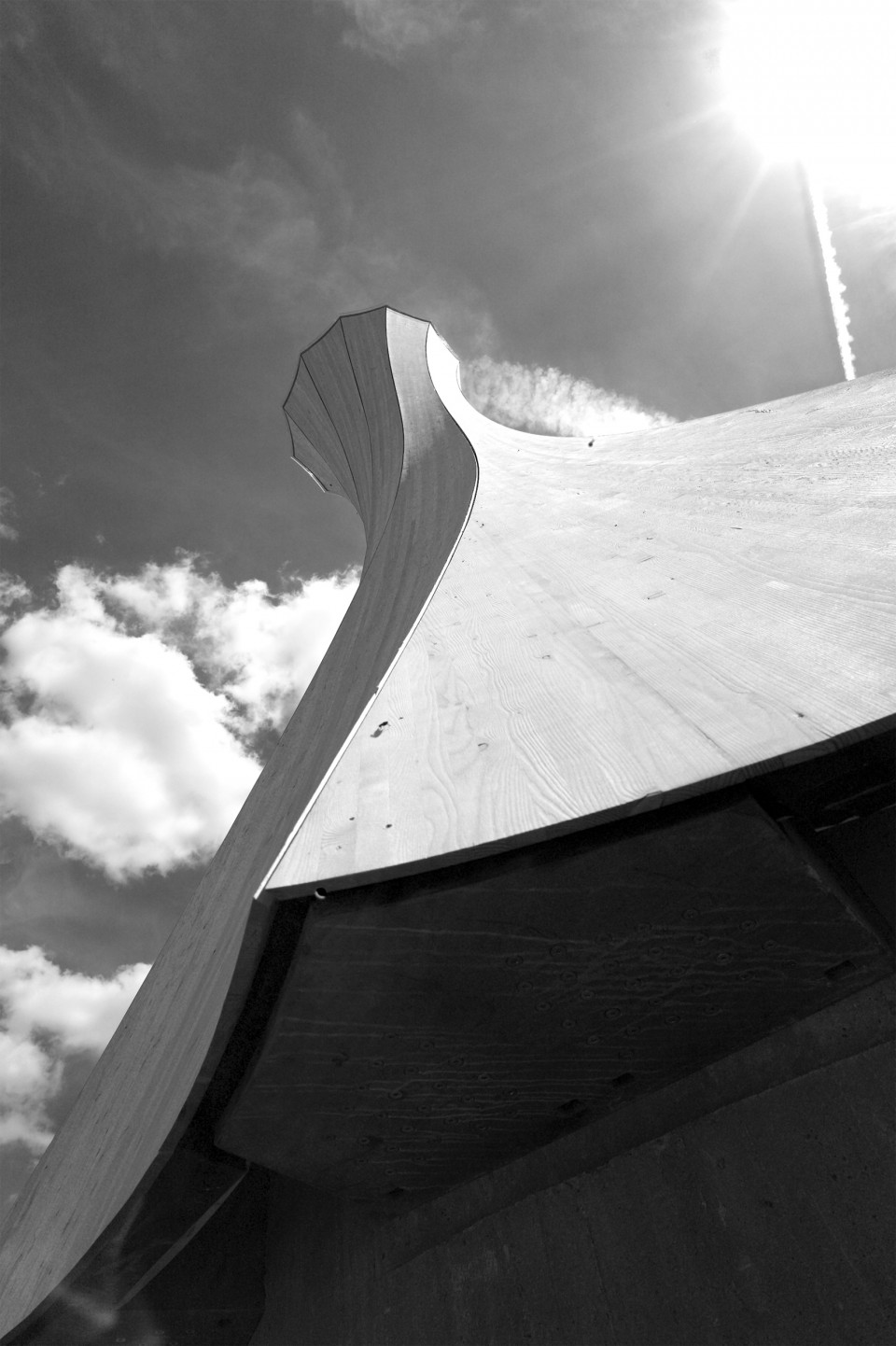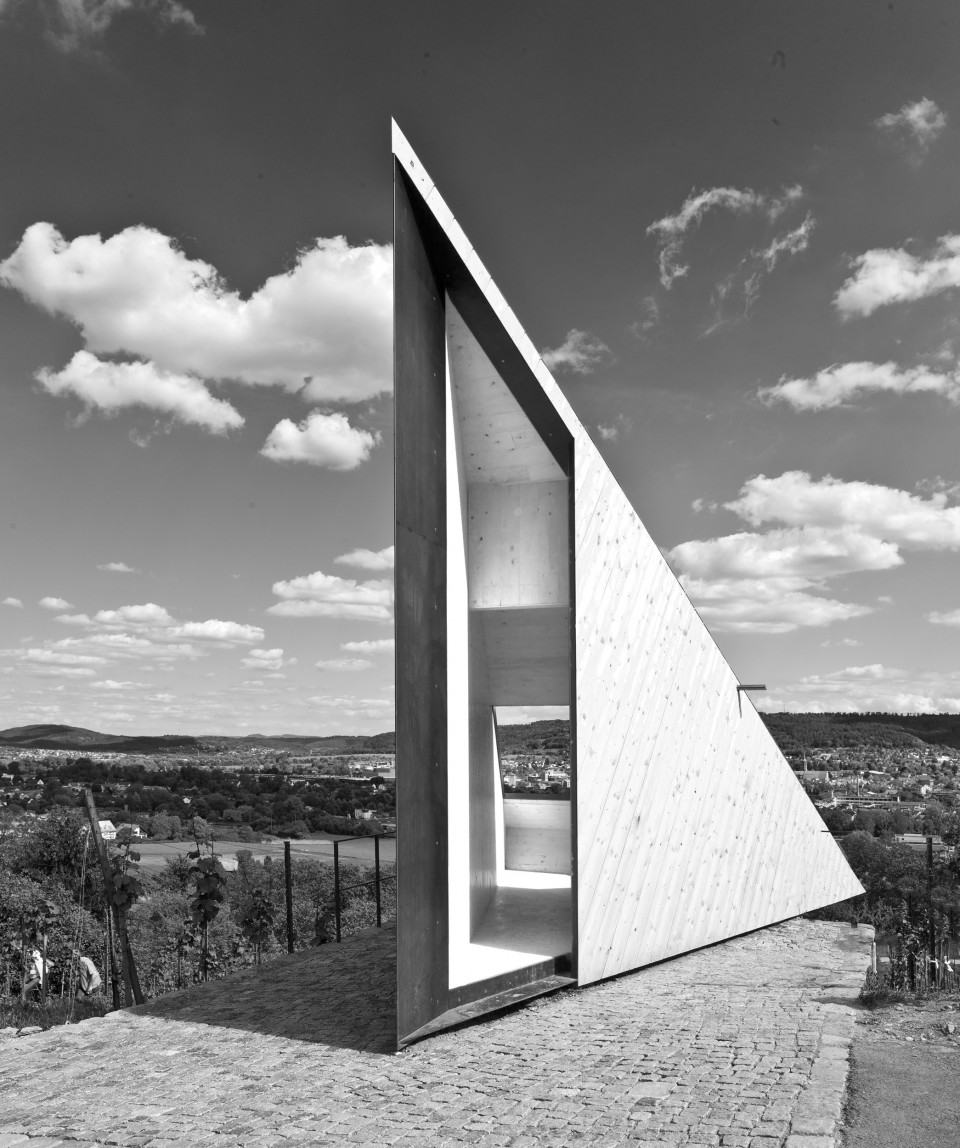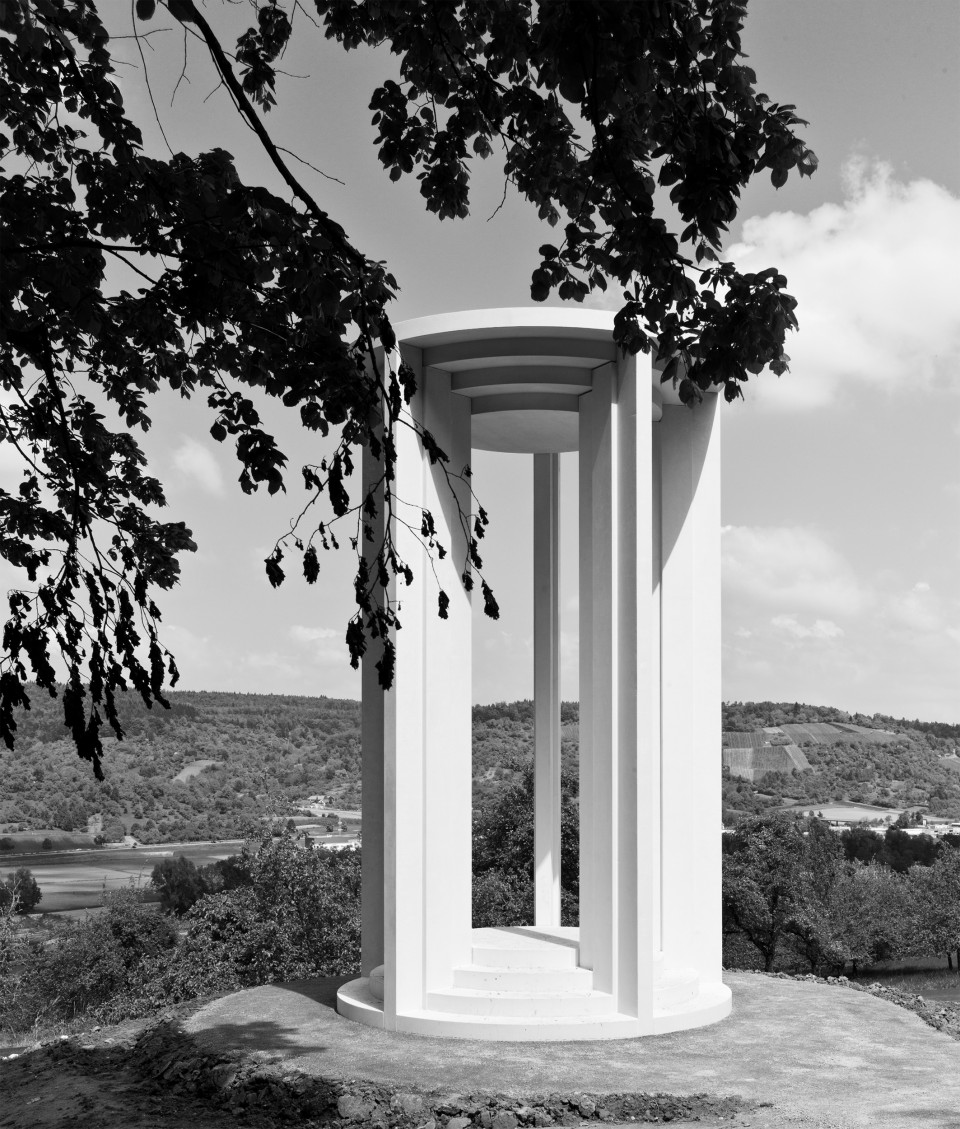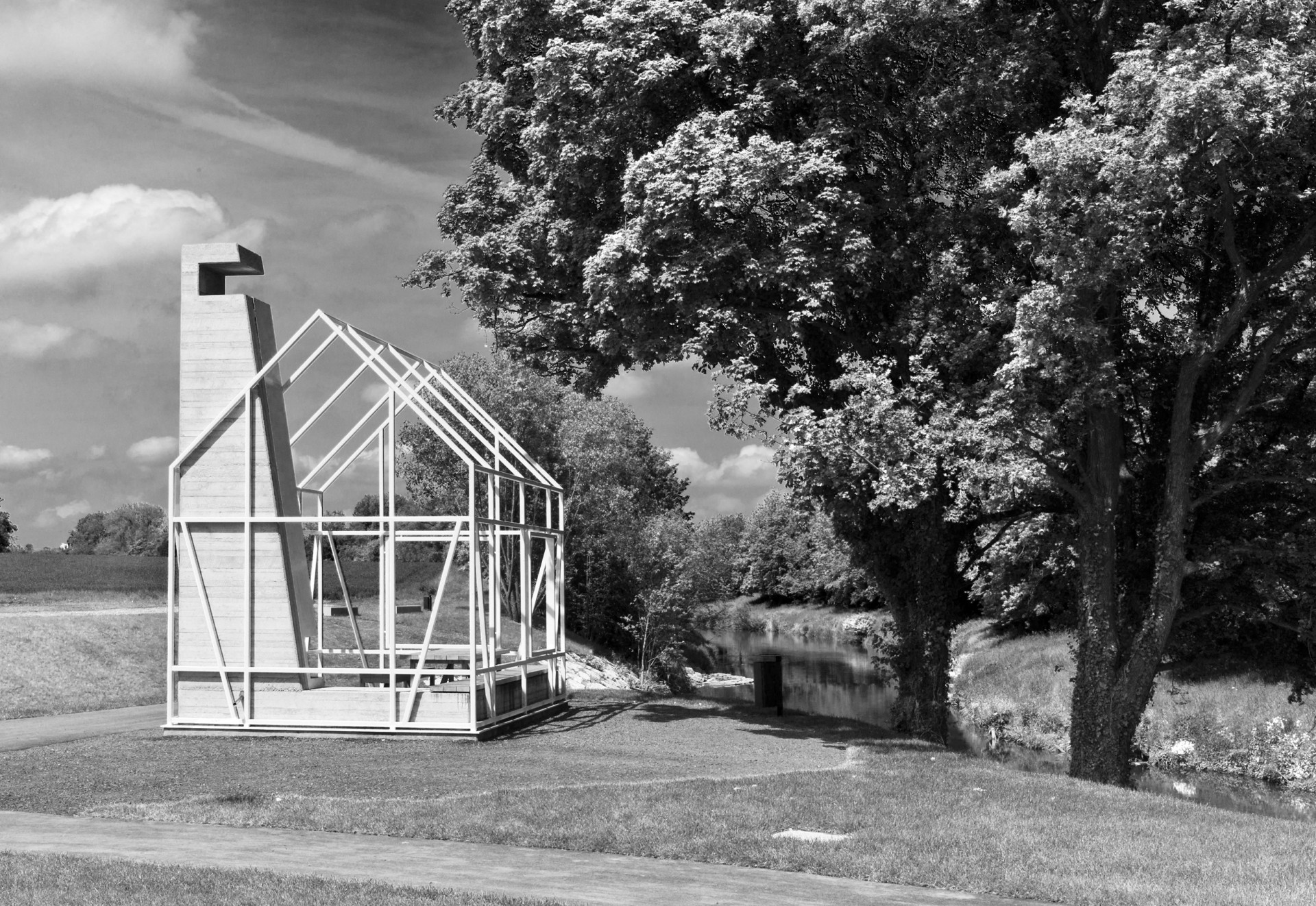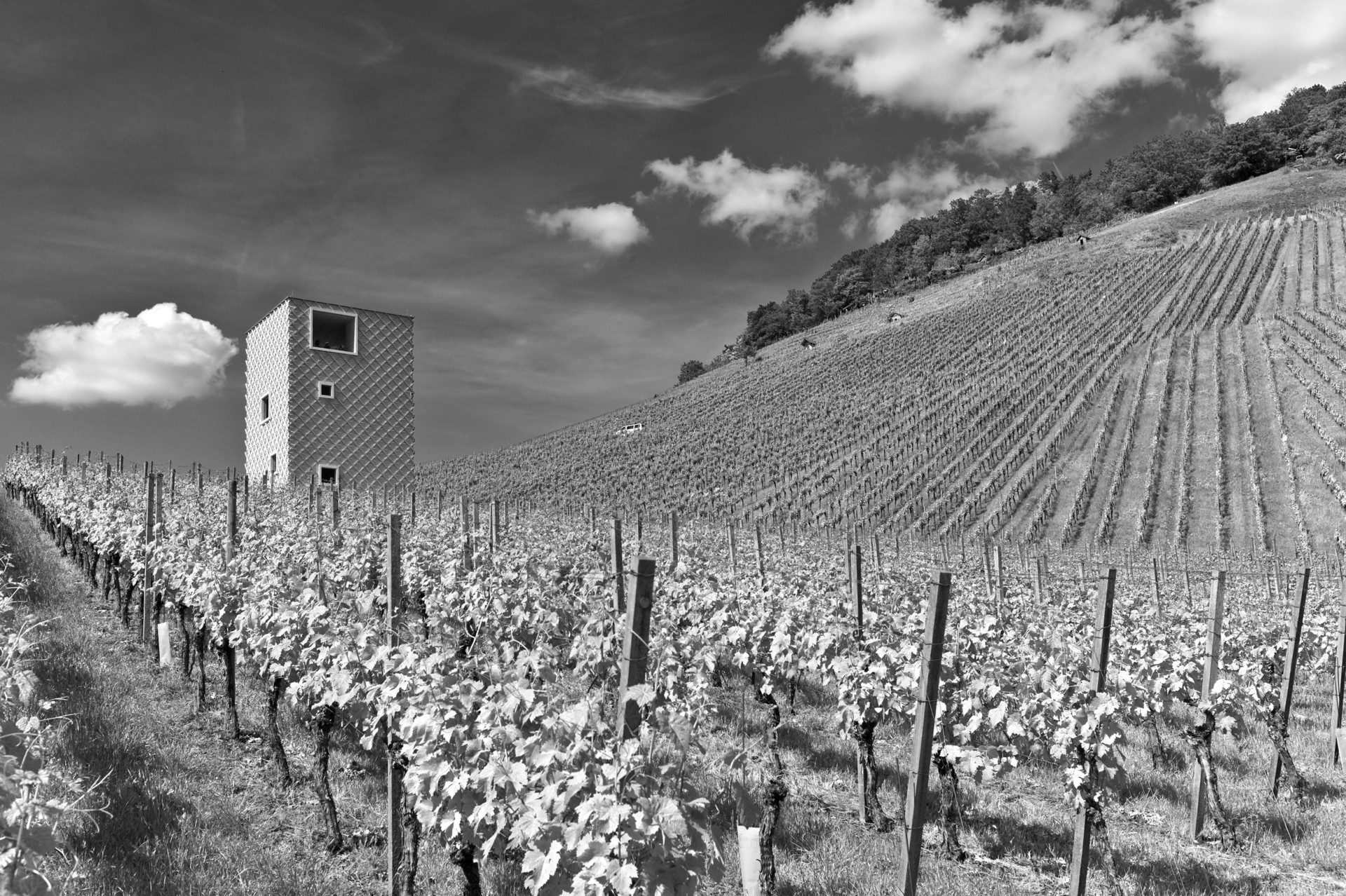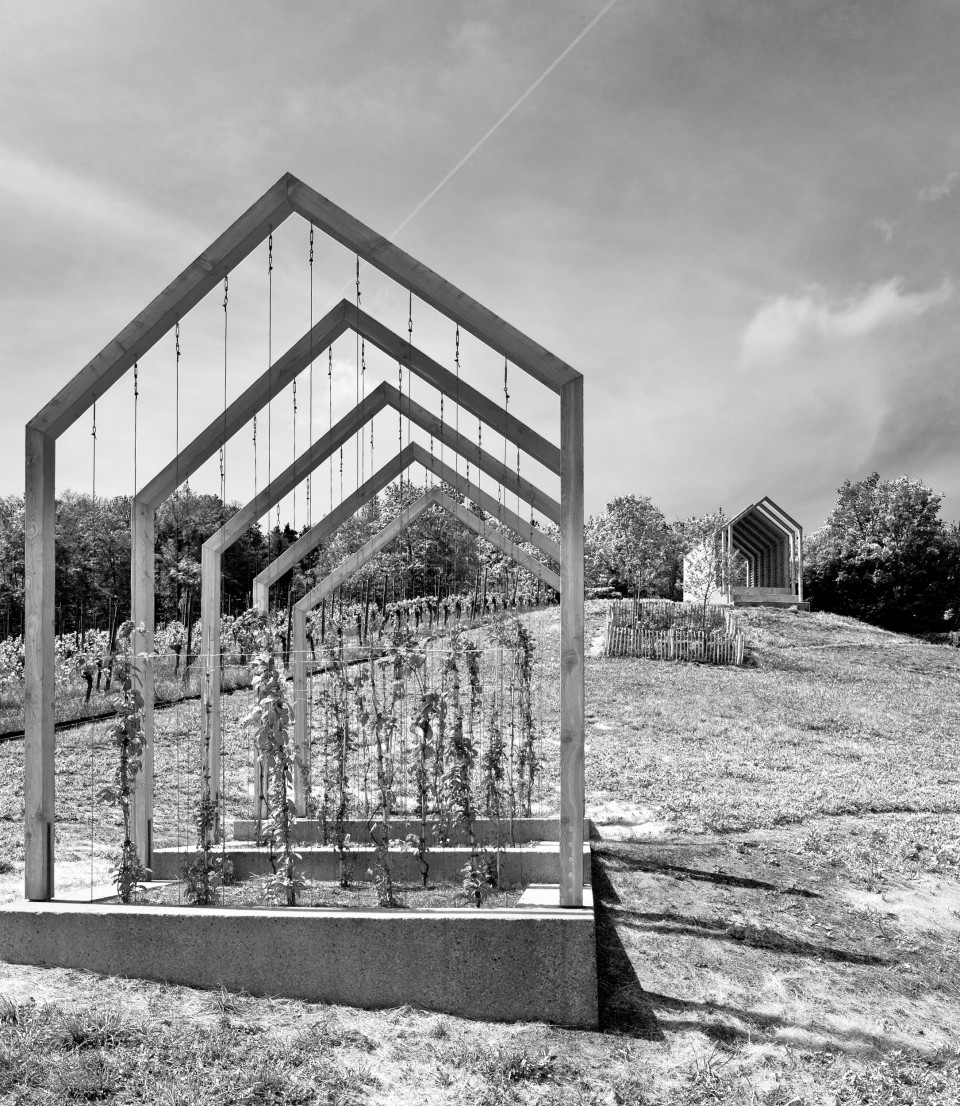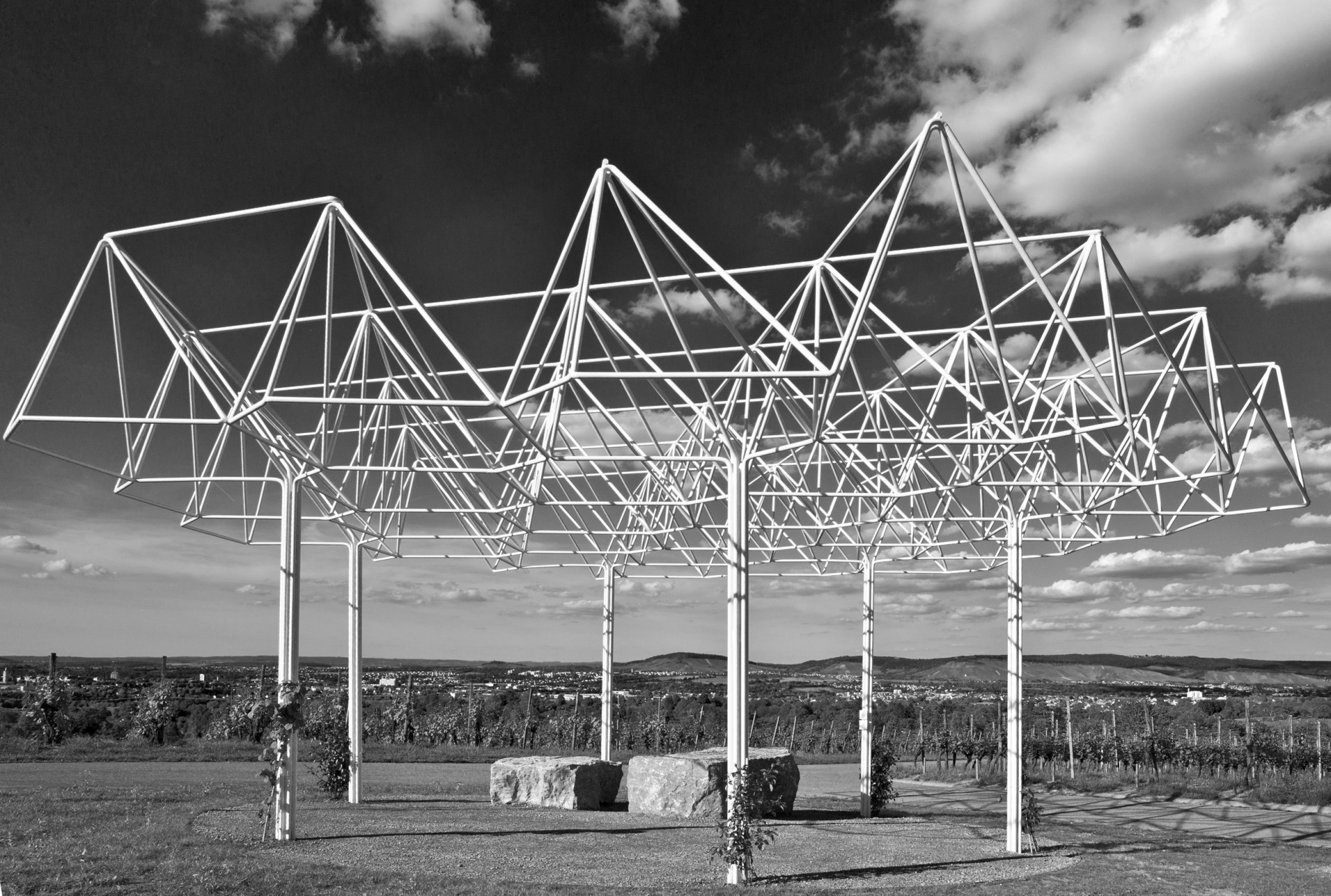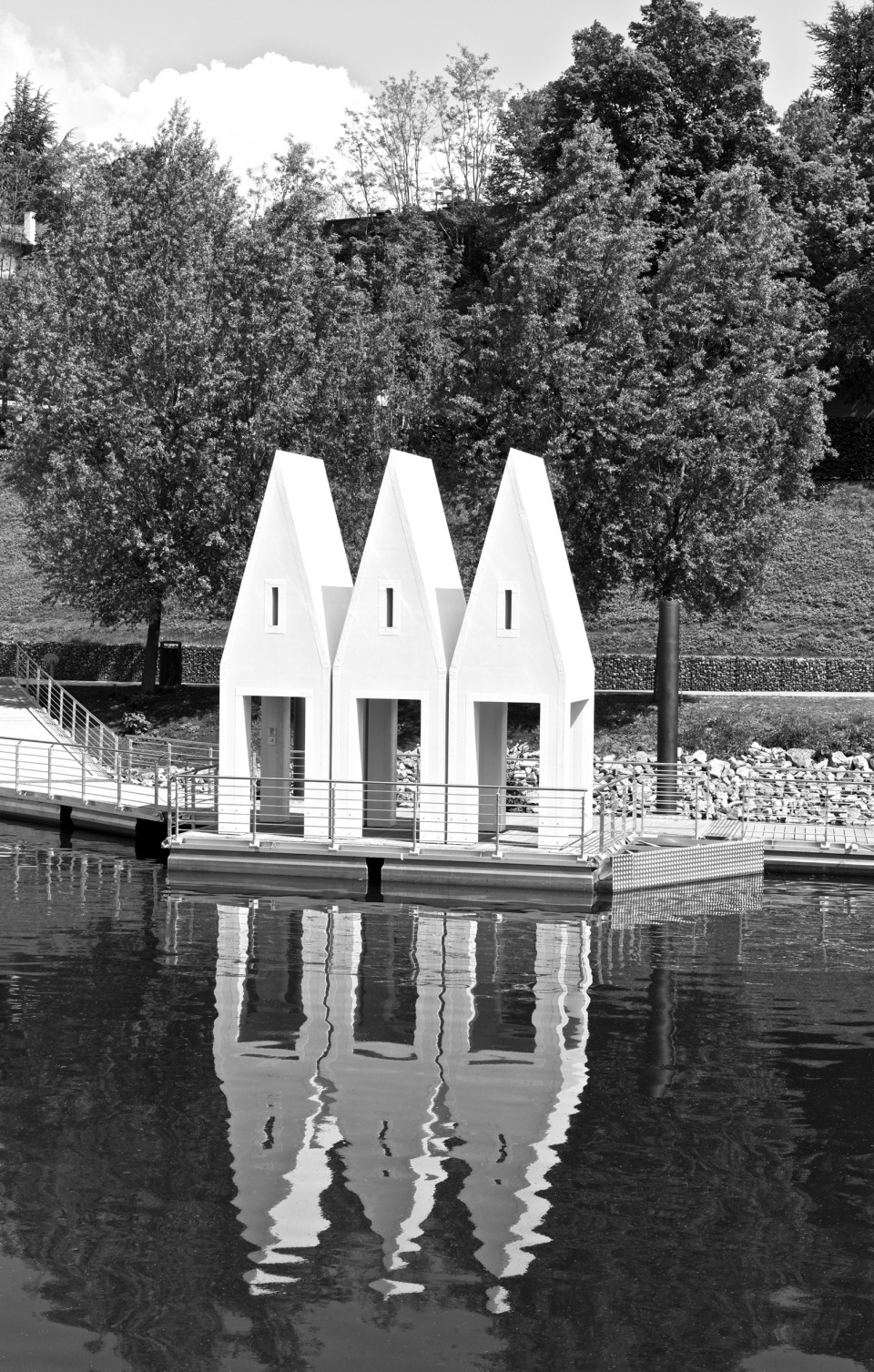Remstal Garden Show 2019 - 16 Stations
Remstal Garden Show 2019 - 16 Stations, 2019
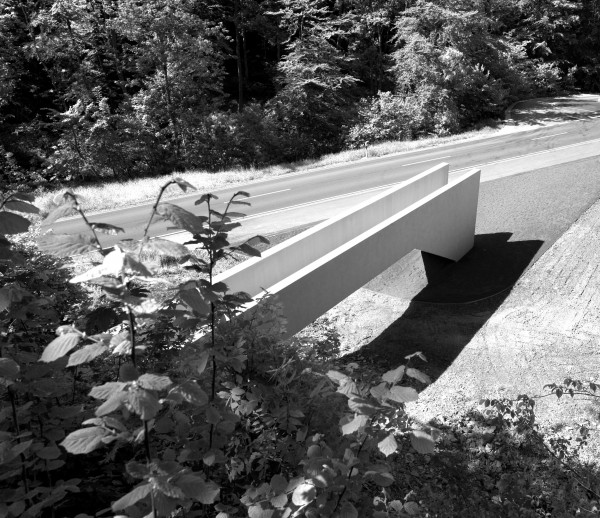
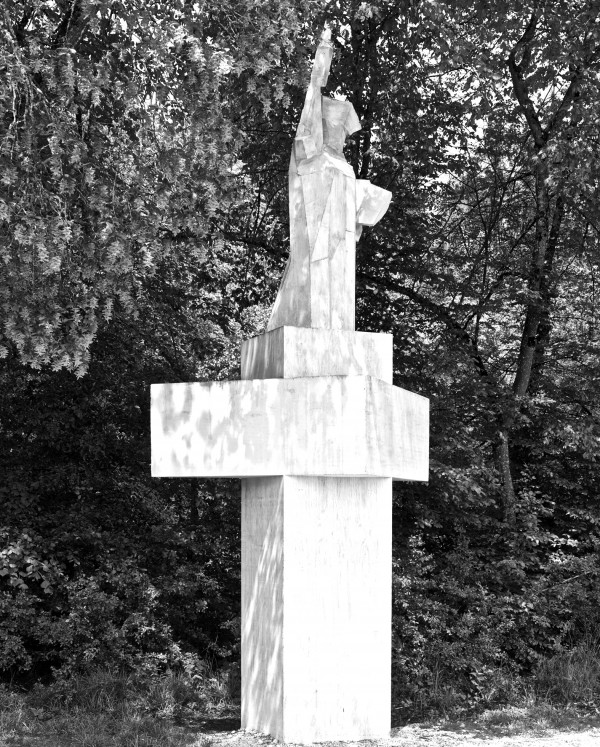
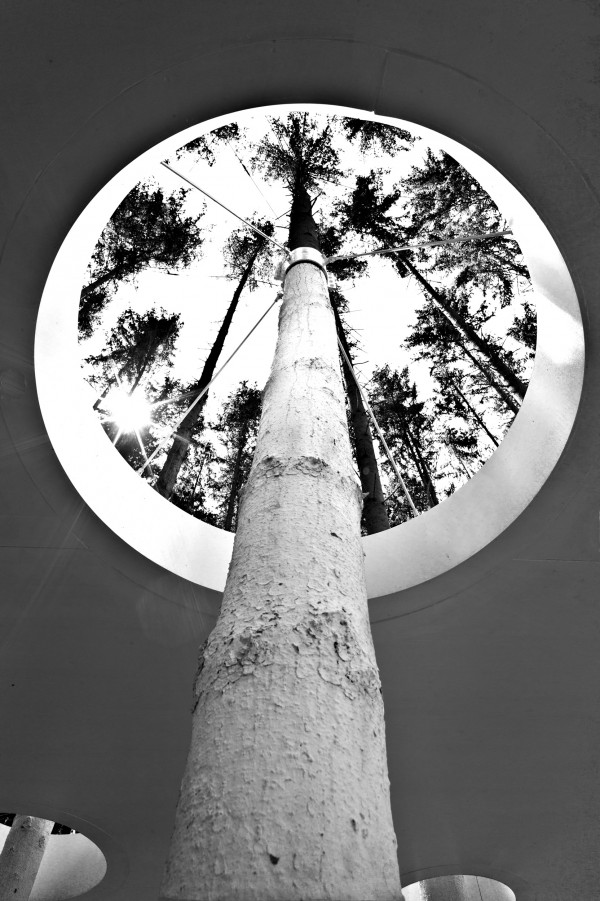
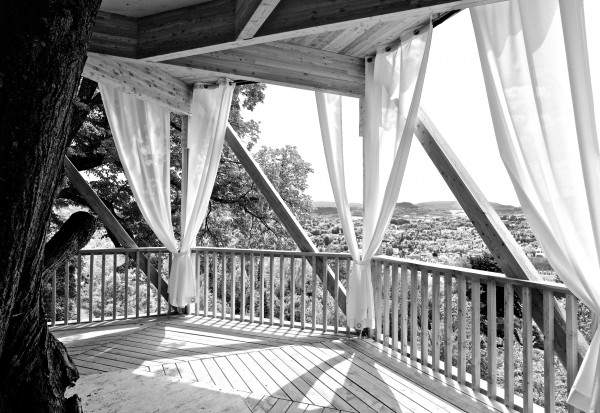
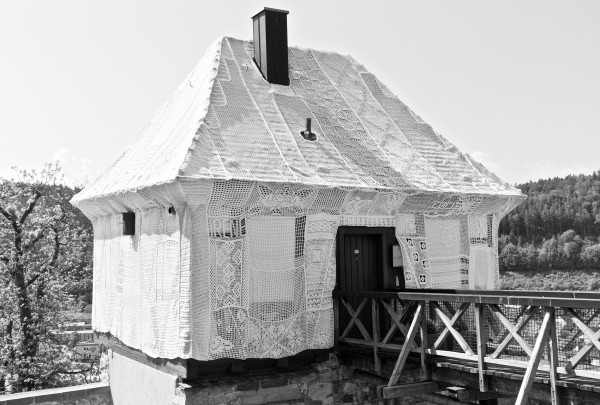
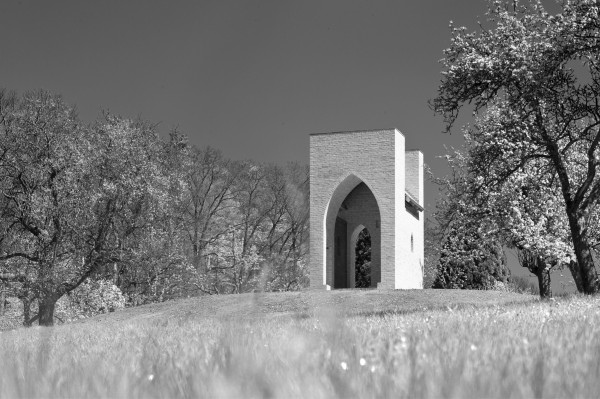
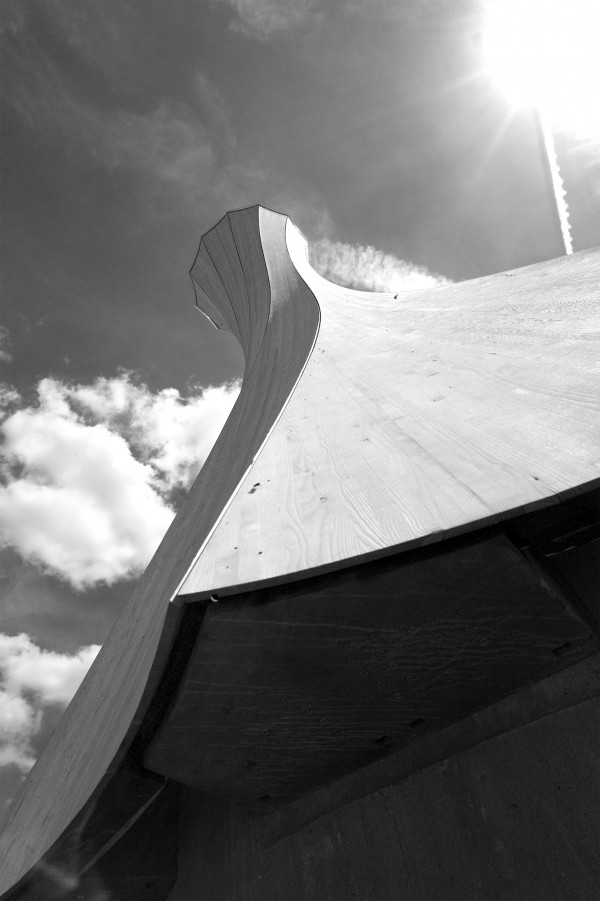
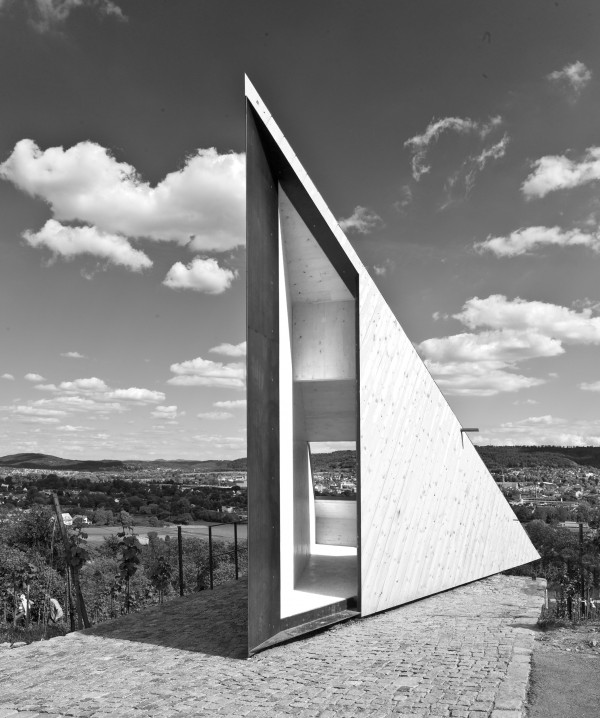
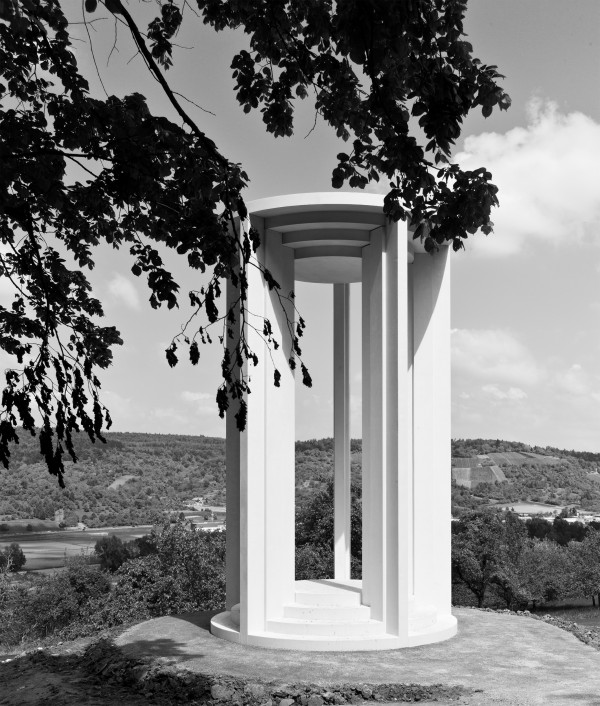

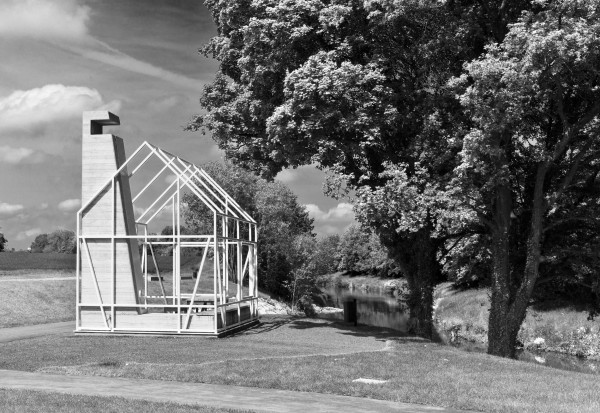
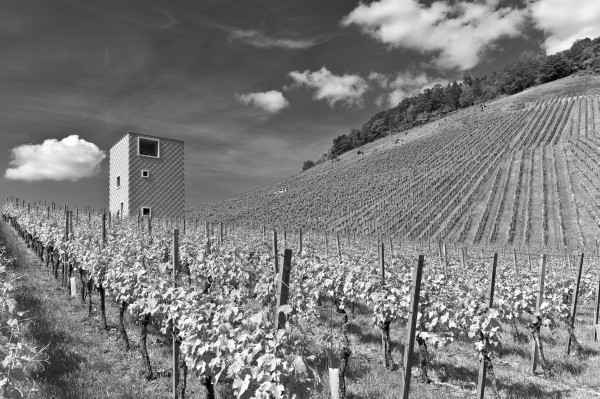
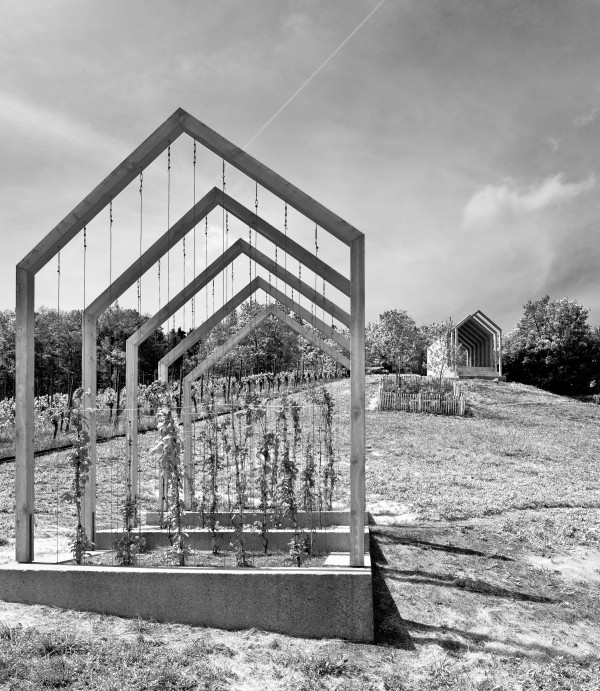
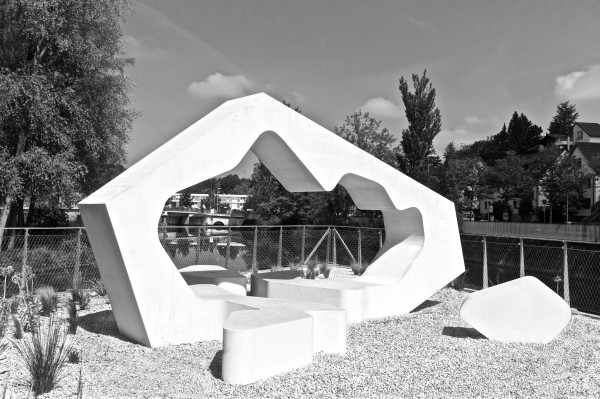
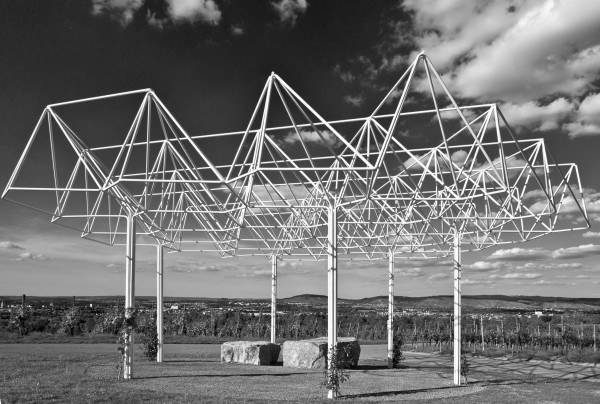
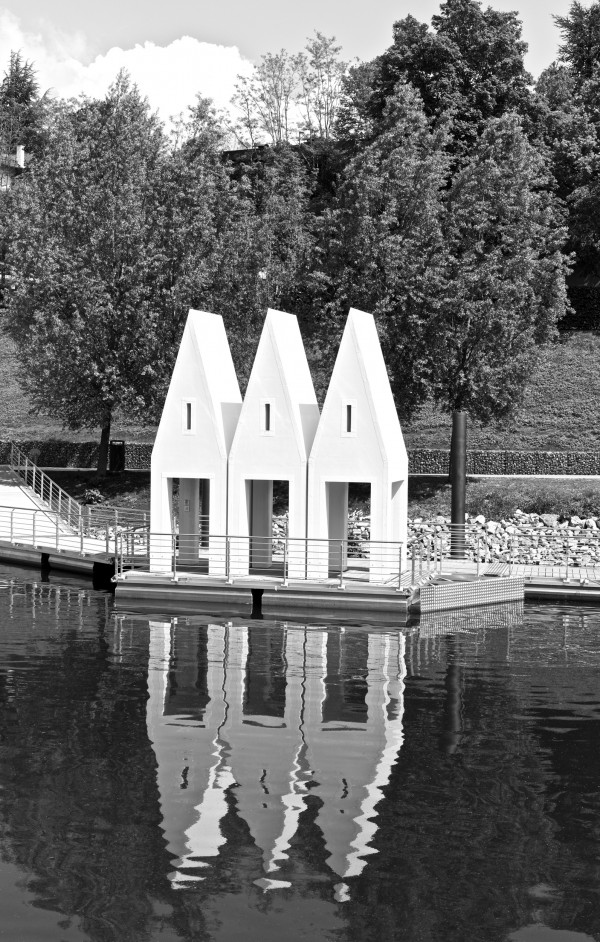
Stations along a route are places of pause and reflection. They endow the path with internal coherence and a theme. The sixteen stations of the Remstal Garden Show span the arc of the Rems river, from its source to its mouth. The array of architectural structures by the participating studios characterises the sites where and for which the works were built; they differ from one another in design and atmosphere. Yet they are also linked to one another like pearls on a necklace. Although architecture ordinarily responds to requirements imposed for a precise function, these are of secondary importance here. Of primary importance is instead the search for a dialogue with the culture that distinguishes this landscape. The specificity of a place immediately catches the attention of visitors; they discern and understand without any instructions for use. Why? Because all the stations posses a narrative power that is an essential trait of any outstanding architecture.
Client:
Remstal Gartenschau 2019 GmbH
Curator:
Jórunn Ragnarsdóttir, Stuttgart
Involved architects:
Barkow Leibinger, Brandelhuber+ mit Marta Dyachenko, Burger Rudacs Architekten, harris+kurrle architekten, Hild und K Architekten, KUEHN MALVEZZI mit atelier
le balto, J.Mayer.H, Mäckler Architekten, Achim Menges/Jan Knippers, Florian Nagler Architekten, studioRAUCH, schneider+schumacher, Uwe Schröder Architekten, Schulz und Schulz, Staab Architekten, su und z Architekten
Beginning of the project:
December 2016
Exhibition of the drafts:
May 2017
Completion:
May 2019
Symposium:
June 2019
Locations in the rems valley:
Essingen, Mögglingen, Böbingen an der Rems, Schwäbisch Gmünd, Lorch, Plüderhausen, Urbach, Schorndorf, Winterbach, Remshalden, Weinstadt, Korb, Kernen im Remstal, Waiblingen, Fellbach, Remseck am Neckar
Photos:
Arno Lederer, Stuttgart
Publications
Lederer Ragnarsdóttir Oei 2
Lederer, Arno / Ragnarsdóttir, Jórunn / Oei, Marc (Hg.)
Jovis Verlag Berlin 2021
Bauwelt
17|2019
16 Stationen – Dokumentation.
Stuttgart 2019
Stuttgarter Zeitung
27.08.2019
DETAIL
7–8|2019
AIT
6|2019
Opus C
5|2019
der architekt
5|2019
Bauwelt
12|2017
16 Stationen – Ausstellungskatalog.
Stuttgart 2017
Stuttgarter Zeitung
10.05.2017
